What is the tolerance range of precision screws?
What is the tolerance range of precision screws?
Service Hotline
+86760-8787 8587We have more than ten years of production experience in the screw industry, the main products are: 30 type 40 profiles, I-beam flat washers for bad steel, hexagon socket step bolts, butt-locking screws iron color GB867 round head rivets, white zinc dowels, cross round bolts , DIN935 hexagon slotted nuts, core pull rivets, 316 stainless steel screws, slotted bolts, expansion rivets, middle hexagon screws, stop nuts, extended belt screws, GB849 spherical washers and other fasteners, due to product materials and specifications There are different prices, please contact us if necessary.


In order to achieve the above purpose, Guangdong Yueluo Hardware Industry Co., Ltd. provides the following technical solution: a square nut, including a nut body, the nut body is in the shape of a cube, the side length is 7.6mm, the height is 2.4mm, and the nut body is up and down. Both ends are respectively provided with a circular protrusion and a circular protrusion with a height of 0.25mm, the circular protrusion and the circular protrusion are respectively tangent to the upper and lower surfaces of the nut body which are square, and the circular protrusion and the circular protrusion are respectively tangent to the square upper and lower surfaces of the nut body. The protrusion and the circular protrusion are provided with a through hole in the middle and penetrate through the nut body. The opening of the through hole is provided with a chamfer of 30°, and the inner wall of the through hole is provided with a thread. There are several strip-shaped protrusions from the circumference inward to the opening of the through hole, and a number of strip-shaped grooves are arranged from the opening of the through hole outward to the circumference of the circular protrusion. There is a chamfer of 15° extending outward to the prism of the nut body.
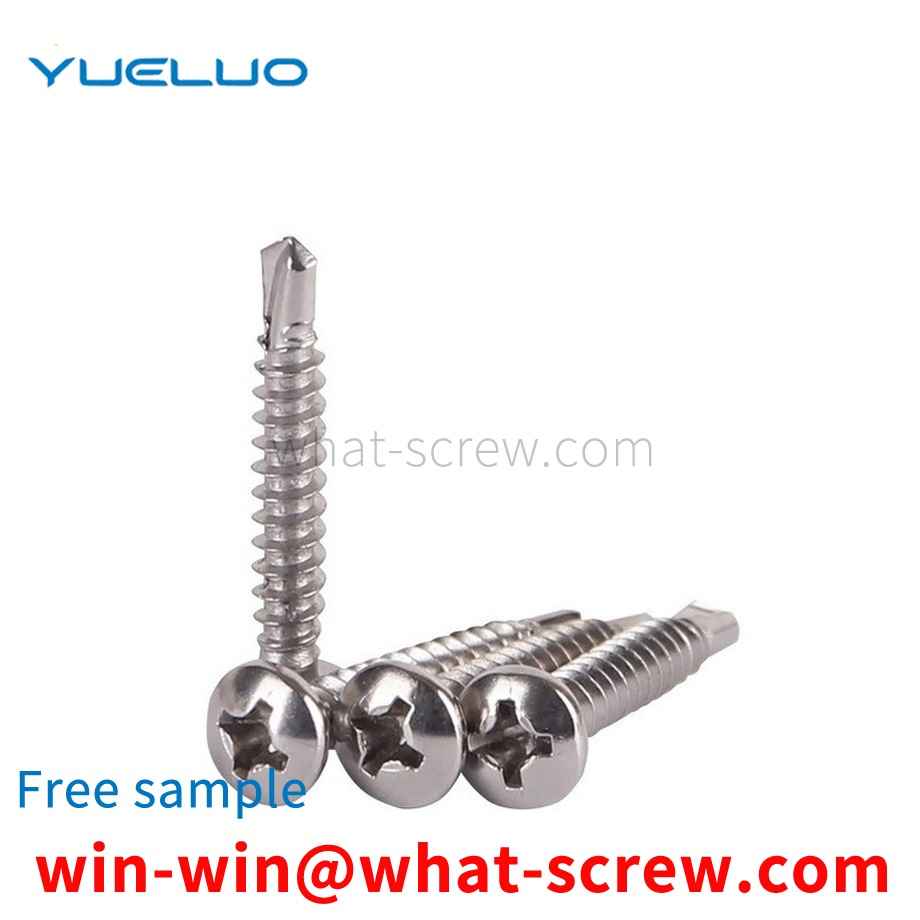
The quality of electroplating is measured primarily by its corrosion resistance, followed by appearance. Corrosion resistance is to imitate the working environment of the product, set it as the test condition, and perform a corrosion test on it. The quality of electroplating products shall be controlled from the following aspects: 1. Appearance: Partial uncoated, scorched, rough, gray, peeling, crusted, and obvious stripes are not allowed on the surface of the product, and pinholes, pitting, and black plating are not allowed. Slag, loose passivation film, cracks, peeling off and serious passivation marks. 2. Coating thickness: The operating life of fasteners in corrosive atmosphere is proportional to its coating thickness. The general recommended thickness of economical electroplating coating is 0.00015in ~ 0.0005in (4 ~ 12um). Hot-dip galvanizing: the standard average thickness is 54 um (43 um for diameter ≤ 3/8), and the minimum thickness is 43 um (37 um for diameter ≤ 3/8). 3. Coating distribution: With different deposition methods, the aggregation method of the coating on the surface of the fastener is also different. During electroplating, the coating metal is not uniformly deposited on the peripheral edge, and a thicker coating is obtained at the corners. In the threaded portion of the fastener, the thickest coating is located on the thread crest, gradually thinning along the flank of the thread, and the thinnest deposit is at the bottom of the thread, while hot dip galvanizing is just the opposite, the thicker coating is deposited on the inside corners and On the bottom of the thread, mechanical plating tends to deposit the same metal as hot-dip plating, but is smoother and has a much more uniform thickness over the entire surface [3]. 4. Hydrogen embrittlement: During the processing and processing of fasteners, especially in the pickling and alkali washing before plating and the subsequent electroplating process, the surface absorbs hydrogen atoms, and the deposited metal coating then traps hydrogen. When the fastener is tightened, the hydrogen is transferred towards the most stressed parts, causing the pressure to build up beyond the strength of the base metal and producing microscopic surface cracks. Hydrogen is particularly active and quickly seeps into the newly formed fissures. This pressure-rupture-penetration cycle continues until the fastener breaks. Usually occurs within a few hours after the first stress application. To eliminate the threat of hydrogen embrittlement, fasteners are heated and baked as soon as possible after plating to allow hydrogen to seep out of the plating, typically at 375-4000F (176-190C) for 3-24 hours. Since mechanical galvanizing is non-electrolyte, this virtually eliminates the threat of hydrogen embrittlement, which exists in galvanizing using electrochemical methods. In addition, due to engineering standards, it is forbidden to hot-dip galvanize fasteners with hardness higher than HRC35 (Imperial Gr8, metric 10.9 and above). Therefore, hydrogen embrittlement rarely occurs in hot-dip plated fasteners. 5. Adhesion: Cut or pry off with a solid tip and considerable pressure. If, in front of the blade tip, the coating peels off in flakes or skins, exposing the base metal, the adhesion shall be considered insufficient.

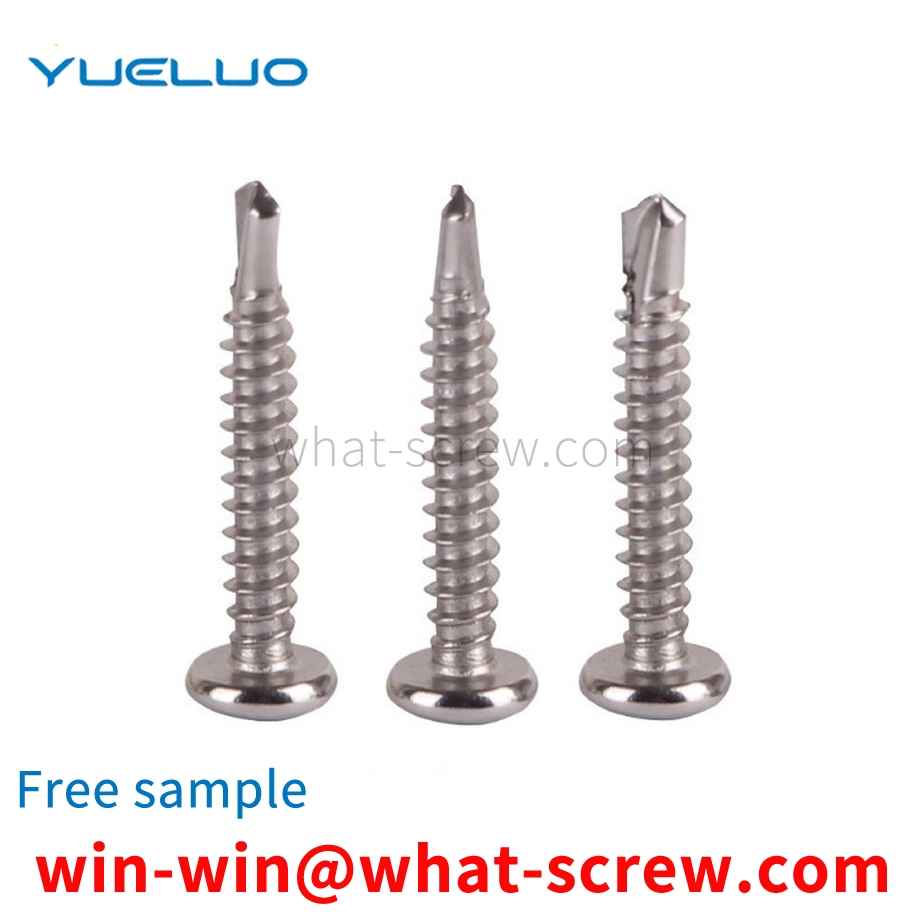
The t-bolt can be directly put into the groove of the aluminum profile. It can be automatically positioned and locked during the installation process. It is often used in conjunction with the flange nut. profiles to choose from. T-bolts are movable anchor bolts. The existing t-bolt is easy to rotate and swing in the slot during use, which brings some inconvenience to the use of the t-bolt.
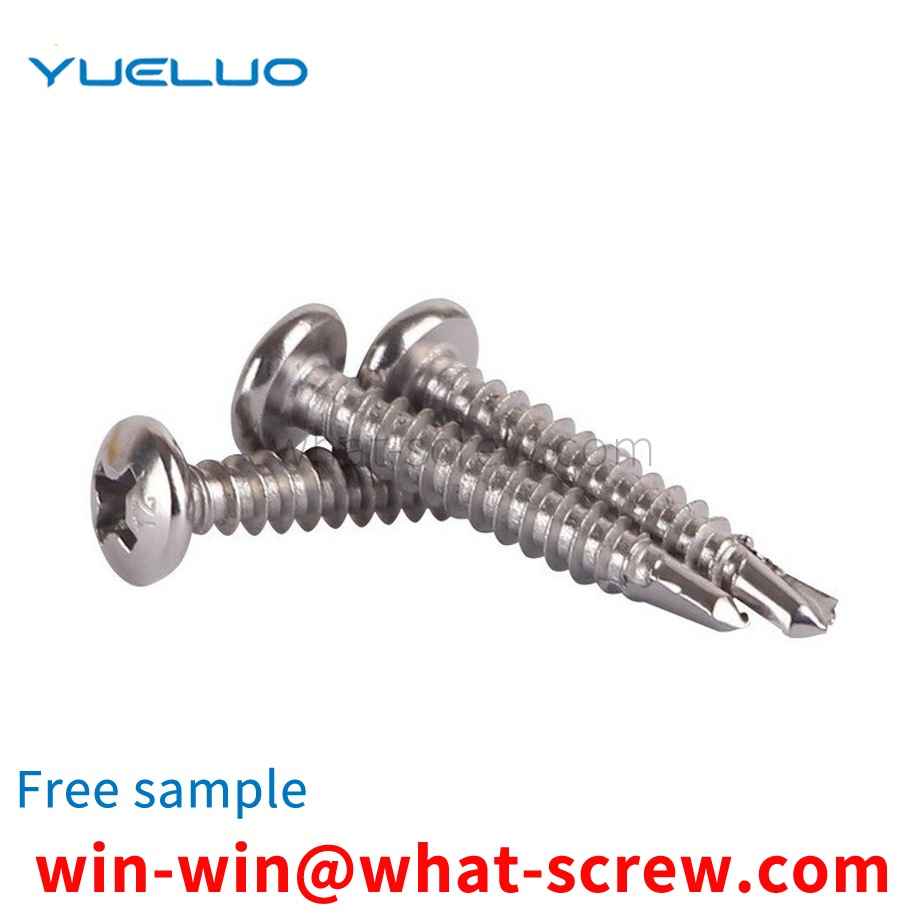
Existing bolt and nut connections usually use threads for connection, and this connection method has two main drawbacks. First, tools are required to be used to lock it during installation, and it takes a long time to complete, which is time-consuming and labor-intensive; Second, the installed bolts and nuts are prone to loosening after a period of time, resulting in loosening and shaking between the connecting parts.
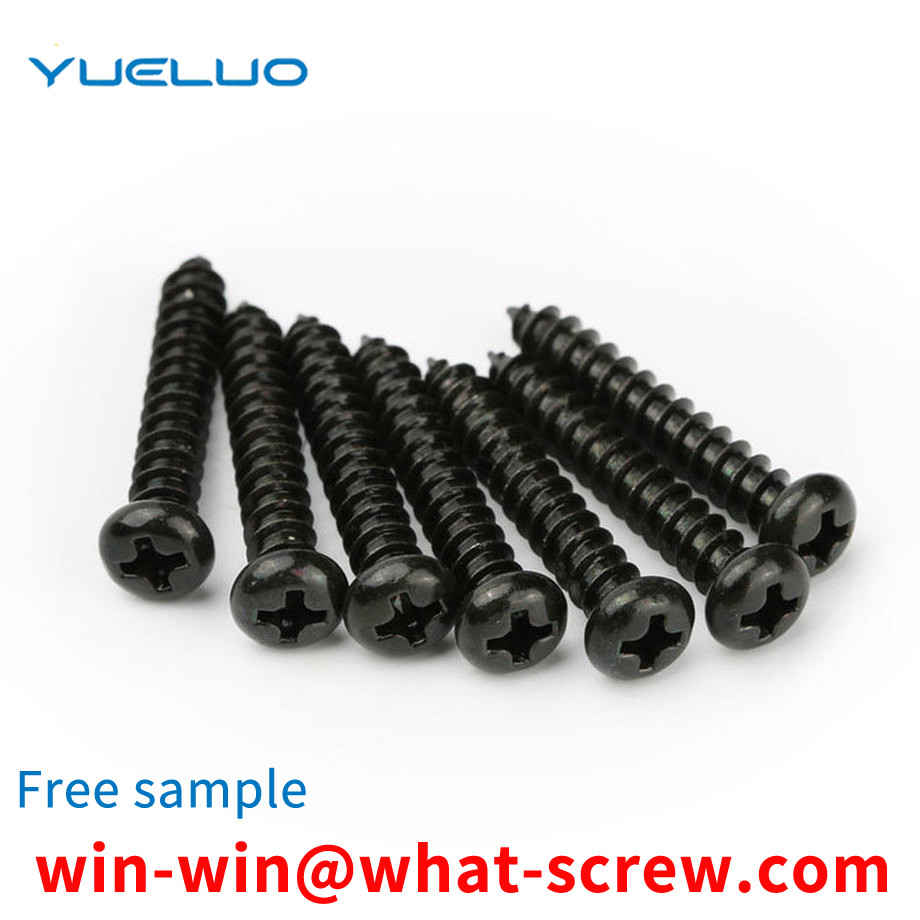
The above content is uploaded by Yueluo or the Internet. If there is any copyright issue, please contact [email protected].

What is the tolerance range of precision screws?

How to choose the right stainless steel screw manufacturer?

Why is there an R angle under the head of the hexagon head s...
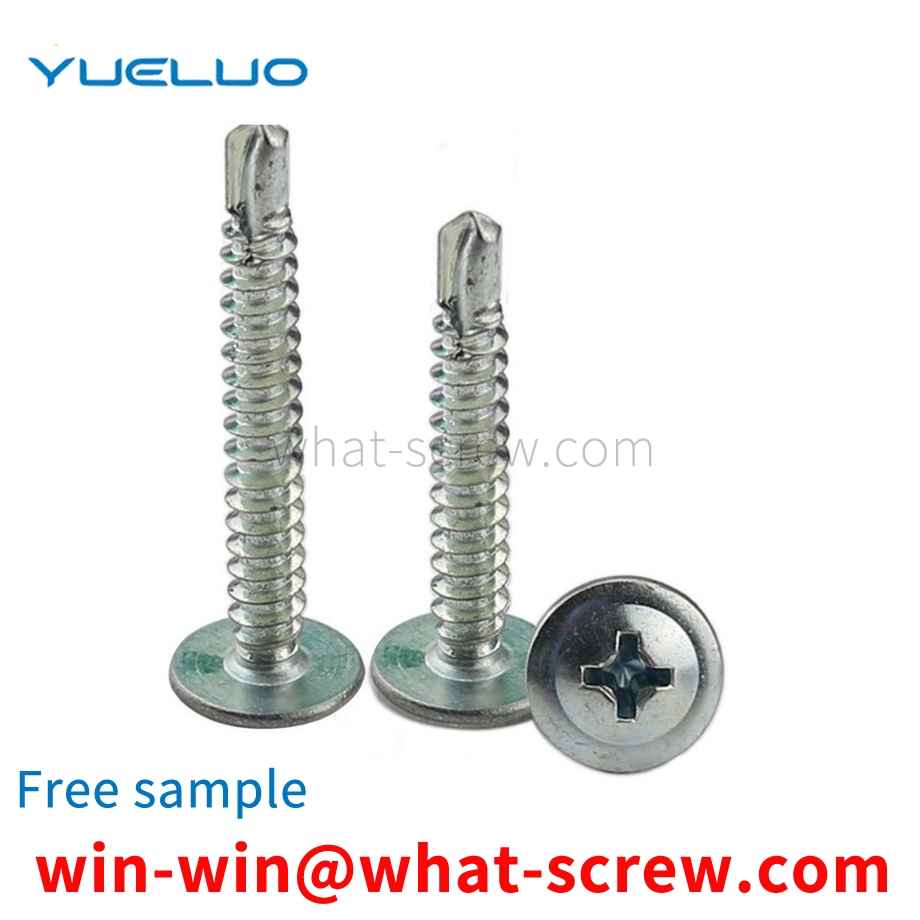
We have more than ten years of screw industry production exp...
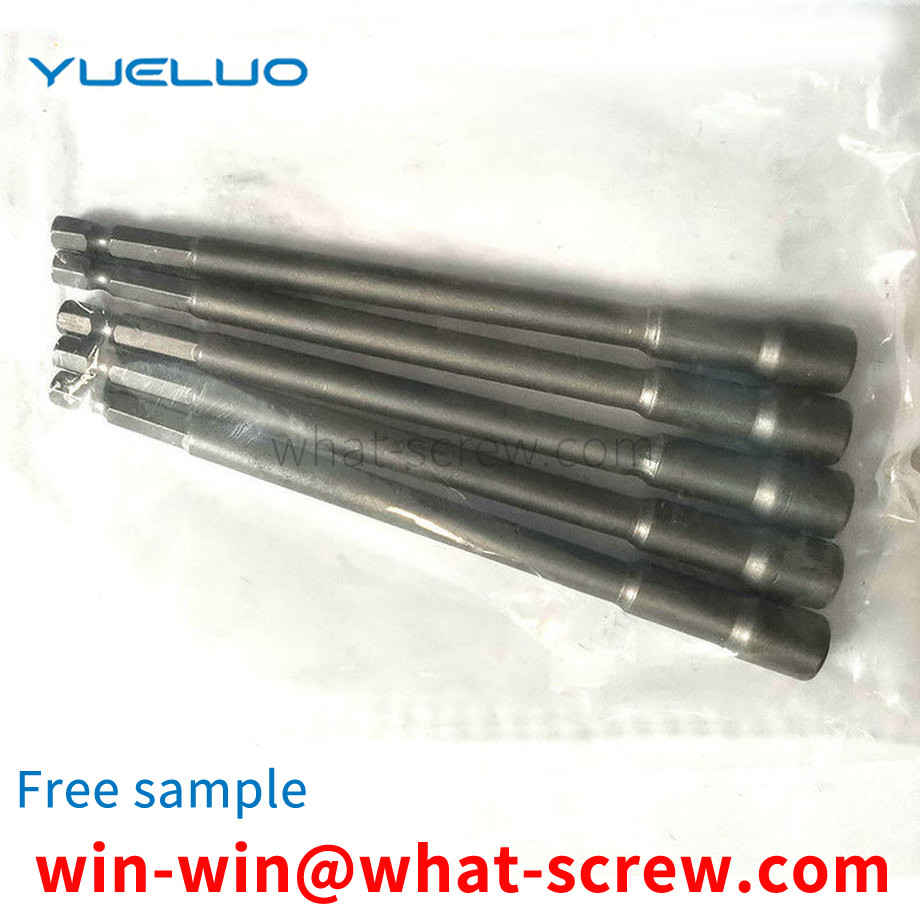
We have more than ten years of experience in the production ...
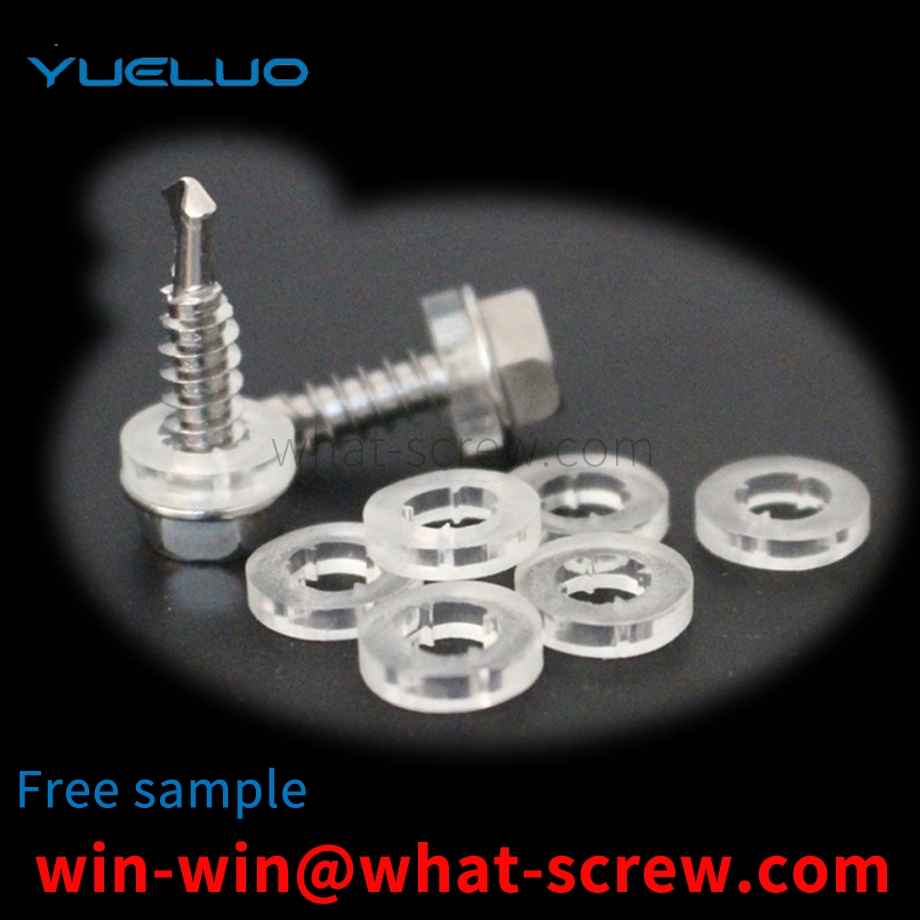
We have more than ten years of production experience in the ...
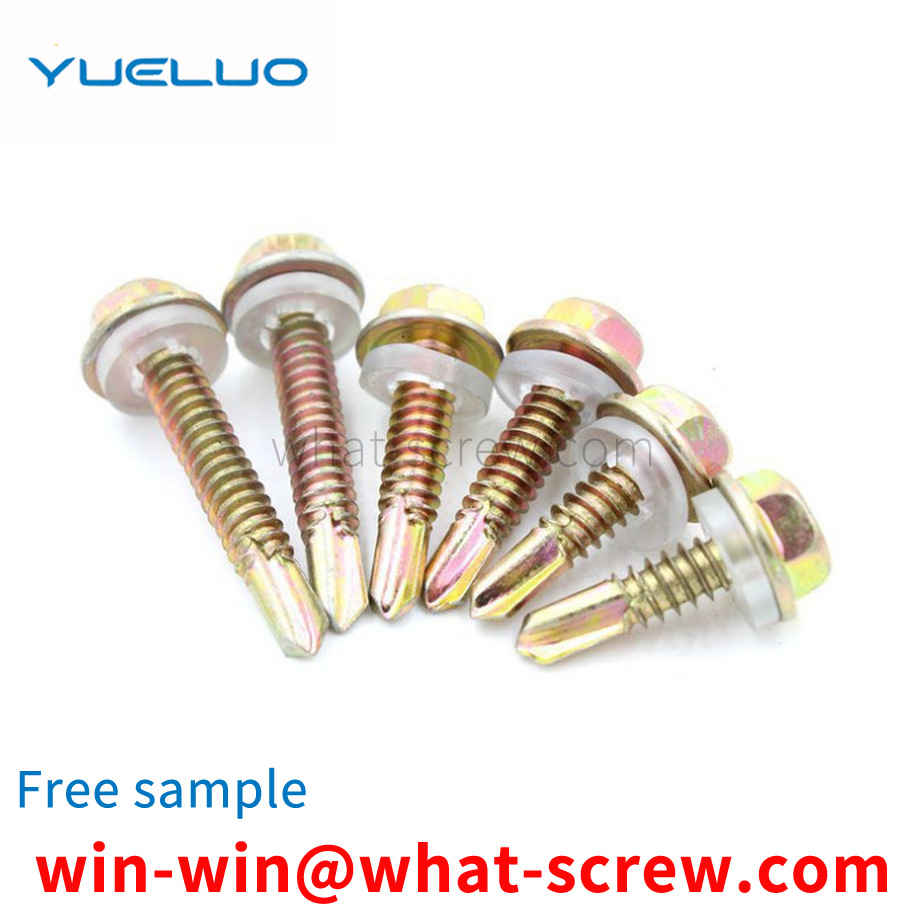
We have more than ten years of experience in the production ...